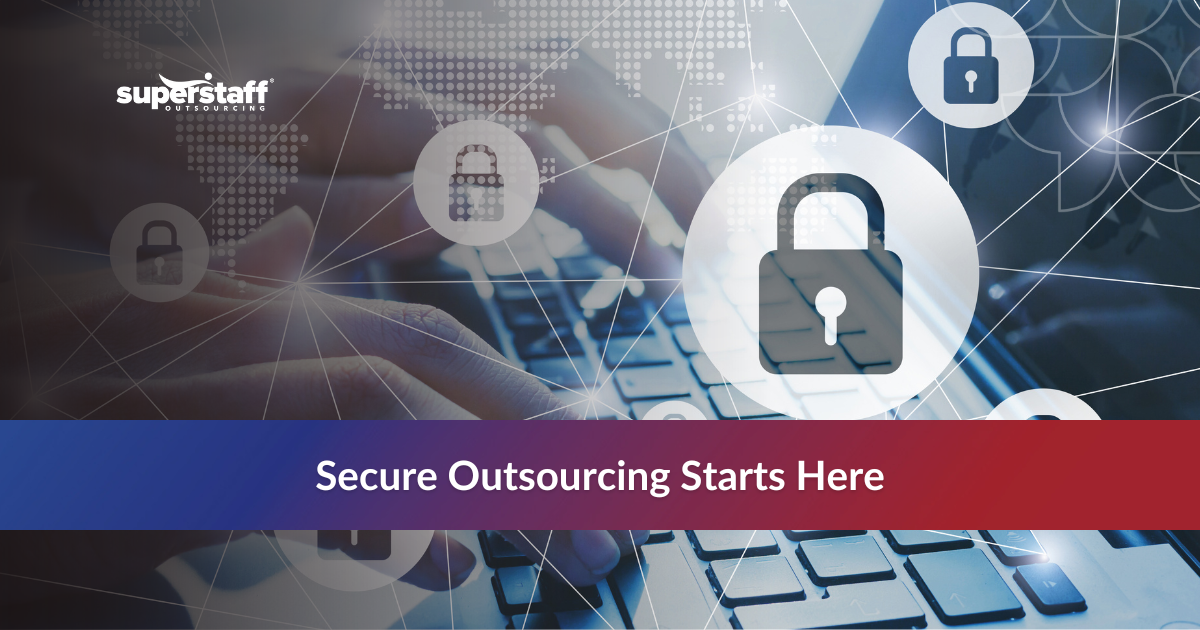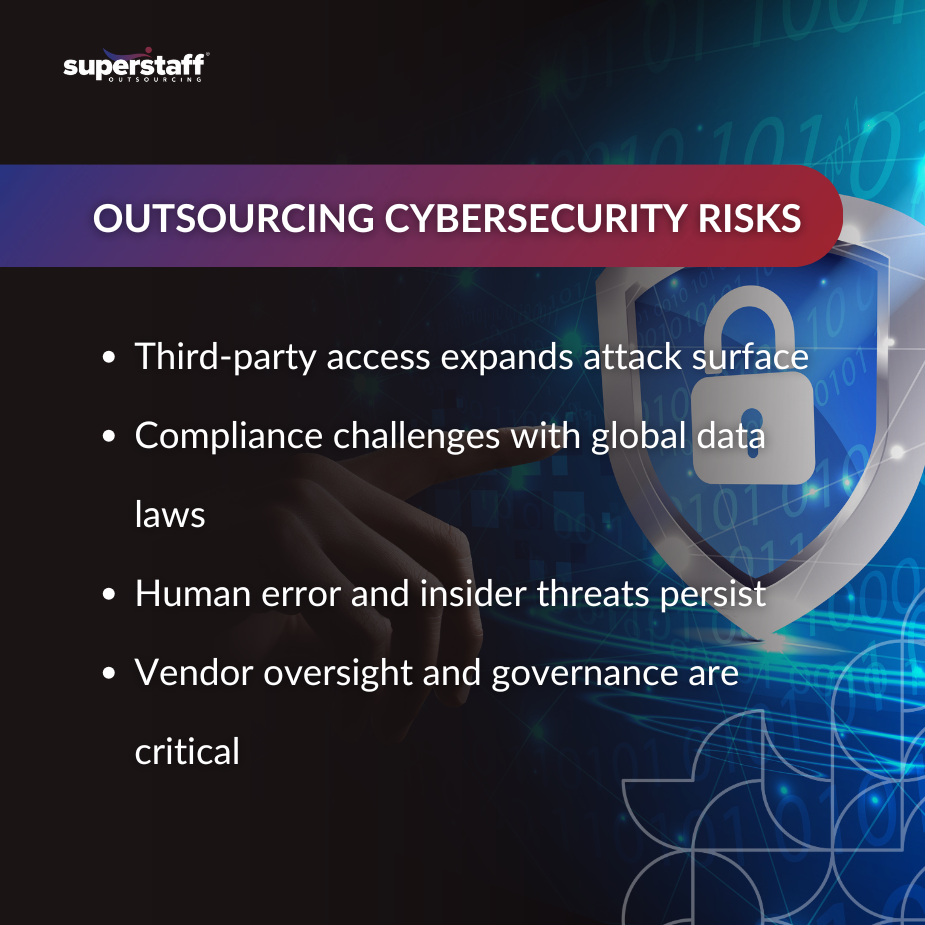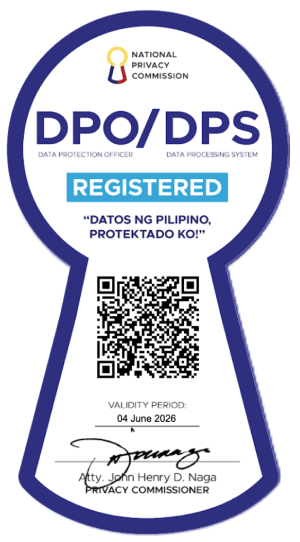
Recent years have shown that one of the fastest-growing sources of cyberattacks comes not directly from a company’s own systems, but through its partners and vendors. When organizations look to outsourcing for operational efficiency, they often widen their attack surface without realizing it.
Outsourcing has transformed how businesses scale and deliver support, yet this transformation also carries hidden vulnerabilities. The reality is that outsourcing cybersecurity risks are as real as the opportunities that outsourcing brings.
Businesses that want to leverage outsourcing effectively must be prepared to understand, anticipate, and address the security challenges that come with it.
Third-Party Access Creates New Entry Points
When businesses outsource support functions, they typically grant third-party teams access to sensitive systems, customer information, or internal platforms. This access is necessary for efficiency, but it opens the door to a range of potential cybersecurity concerns. One of the biggest challenges is credential management. Password sharing, improper handling of access rights, or failing to update permissions when staff members change roles can leave systems exposed.
Companies also often have limited visibility into the offshore security protocols of their vendors. While an internal team operates within clearly established cybersecurity frameworks, outsourced teams might rely on entirely different security practices. If those practices are weaker, attackers can exploit the gap. In addition, privileged access, when not carefully monitored, can be abused either by malicious actors or through honest mistakes. This is why outsourcing cybersecurity risks cannot be overlooked. The chain is only as strong as its weakest link, and third-party access often represents that link.
Compliance Challenges in Data Privacy
As businesses expand across borders, compliance with data privacy laws becomes one of the most complex issues tied to outsourcing. Regulations such as GDPR in Europe, HIPAA in healthcare, or CCPA in California all impose strict requirements on how data is handled. When outsourcing support functions, companies are effectively placing sensitive data in the hands of external providers. If those providers do not fully adhere to compliance standards, the responsibility—and the liability—still falls on the business.
Data transfer across jurisdictions also raises unique challenges. Information that flows from a U.S.-based company to a support team overseas may pass through multiple legal environments, each with its own data protection rules. Monitoring compliance remotely becomes a daunting task. What may seem like a minor oversight by a vendor can result in severe consequences for the client company. This is one of the reasons businesses must weigh the benefits of outsourcing against the outsourcing cybersecurity risks it can create in terms of regulatory exposure.
Human Error and Insider Threats
Even with sophisticated technology and compliance frameworks, human behavior remains the most unpredictable risk factor. In the context of outsourcing, this becomes even more challenging to manage. Support staff working abroad are often the first line of contact with customers and systems, and even a small mistake can have major consequences. Something as simple as clicking on a phishing email or mishandling a customer’s personal information can create an opening for attackers.
Insider threats add another dimension. While most employees, whether in-house or outsourced, are trustworthy, the possibility of intentional or accidental data leaks remains a reality. Outsourced teams may not always have the same embedded security culture as internal employees, which can create blind spots. Companies that underestimate this dimension of outsourcing cybersecurity risks may find themselves vulnerable not because of technology, but because of people.
The Importance of Vendor Selection

The best safeguard against outsourcing risks begins with vendor selection. Choosing the right partner is more than a matter of cost or operational efficiency. It requires a thorough evaluation of a vendor’s security posture. Certifications such as ISO 27001 or SOC 2 are strong indicators of a provider’s commitment to data protection. However, businesses must look beyond certificates and ask critical questions about past incidents, response strategies, and overall resilience.
A vendor with a history of breaches, no matter how minor, warrants scrutiny. Equally, the ability of a vendor to demonstrate strong incident response protocols can make the difference between a contained event and a catastrophic breach. Vendor selection sets the tone for the entire outsourcing relationship, and neglecting this step increases exposure to outsourcing cybersecurity risks that could otherwise have been mitigated from the start.
Continuous Monitoring and Governance
The mistake many businesses make is assuming that outsourcing is a “set and forget” strategy. While outsourcing can free internal teams from day-to-day operations, it does not remove the responsibility of oversight. Regular monitoring, audits, and testing are essential in keeping outsourced support secure. Penetration testing helps identify vulnerabilities before attackers do, while well-defined service level agreements can hold vendors accountable for maintaining high standards of cybersecurity.
Collaborative approaches also matter. Joint incident response drills, where internal and external teams simulate potential breaches, ensure both parties are prepared for real-world threats. Governance frameworks must be living documents, continuously updated as technology evolves and threats change. Companies that neglect governance may find themselves blindsided, whereas those that maintain oversight significantly reduce their outsourcing cybersecurity risks over time.
Balancing Benefits with Security
It is undeniable that outsourcing delivers operational and financial benefits. For SMEs and midmarket companies, outsourcing can provide the kind of scalability and expertise that would otherwise be out of reach. However, these advantages must always be weighed against the security tradeoffs. Every outsourced relationship introduces new dynamics and potential vulnerabilities.
The path forward is not to avoid outsourcing, but to embed cybersecurity considerations into the process from the very beginning. This includes aligning with vendors that prioritize security, investing in monitoring tools, and training internal staff to recognize and respond to risks. The companies that thrive in this environment will be the ones that treat outsourcing cybersecurity risks not as obstacles, but as challenges to be managed strategically.
Why Risk Management Cannot Be an Afterthought
The speed of digital transformation means that companies often move quickly to outsource without fully addressing security. While outsourcing accelerates growth, it also accelerates exposure. Delayed attention to risk management can lead to outcomes far more costly than the savings outsourcing promises. Whether it is a compliance fine, reputational damage, or a prolonged system outage, the costs of inadequate preparation can erode trust and profitability.
Risk management should therefore be viewed as a foundational pillar of outsourcing, not a corrective measure taken after the fact. This includes building a robust vendor management framework, continuously evaluating threats, and adapting policies as regulatory and technological landscapes evolve. For decision-makers, recognizing this reality is the key to balancing opportunity with security.
Practical Steps Toward Mitigation
For companies considering hiring a BPO, one of the most significant considerations is learning how to manage data security risks in outsourcing without stalling operational benefits. The answer lies in a proactive combination of strategy, technology, and partnership. Establishing clear data handling policies, segmenting access based on necessity, and demanding transparency from vendors are practical steps every organization can take.
Equally, communication must be prioritized. Outsourced support teams should be treated as an extension of the company’s workforce, with regular training, updates, and integration into the larger security framework. This ensures that security does not feel like an afterthought but becomes part of the daily workflow. Businesses that adopt these practices not only protect themselves but also enhance the value they derive from outsourcing.
Managing Outsourcing Cybersecurity Risks with Confidence
Outsourcing continues to reshape how businesses operate, but unmanaged outsourcing cybersecurity risks can outweigh even the most compelling cost savings or efficiency gains. From third-party access to compliance challenges, human error, vendor reliability, and oversight, the risks are multi-layered and real. Yet, with the right approach, they are also manageable.
The companies that succeed in this landscape are the ones that choose partners committed to strong security practices and treat cybersecurity as a strategic priority. SuperStaff understands that outsourcing is not just about scaling teams but about protecting what matters most to businesses and their customers. By recognizing and addressing outsourcing cybersecurity risks, and by partnering with a BPO provider that values security as highly as service, decision-makers can confidently embrace outsourcing without compromising trust or resilience.






